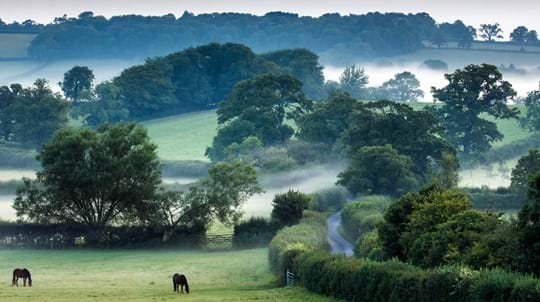
Climate change
Climate change
Our message is clear: native woods and trees are one of the best ways to tackle the climate crisis. Explore the facts and find out what you can do to help.

Assistant conservation evidence officer
Plants are living organisms - their lives have a beginning and an end just like ours. Across the plant kingdom, there is vast diversity in the ways plants live. But from delicate poppies to mighty oak trees, it all starts with a seed. Here's a roundup of the different stages flowering plants go through, from a new seed to end of life.
A seed is a small packet of genetic information. This tough, protective capsule contains all the biological instructions needed to grow a new plant. Inside it has a concentrated store of energy in the form of starch to get the new plant started.
Before a seed can start to grow, it must be in a suitable place, called a ‘niche’. For most seeds, this simply means contact with bare soil in a place with plenty of light. For wild plants, finding such a place is a real lottery, as the ground is often already covered by plants casting shade or blocking access to soil.
Animals are important in creating niches for wild seeds:
The process of cold temperatures breaking seed dormancy is called stratification.
Germination is the process of the seed breaking open and the first root and shoot emerging. It is triggered when a seed, having found a niche, is exposed to enough moisture and warmth.
Autumn weather can be warm and moist, but some seeds, like yellow rattle, have evolved to only germinate after exposure to frost or cold temperatures. This makes sure they germinate in the warmth of springtime, with the summer growing season ahead of them.
Once a seed has germinated, the root grows down into the soil to absorb moisture and nutrients and begin to anchor the plant into the ground. At the same time a green shoot grows up towards the light.
This initial burst of growth is fueled by the starchy energy store left inside the seed by the parent plant.
Through photosynthesis, the plant captures carbon dioxide from the atmosphere. It holds onto the carbon atoms to increase its size and releases oxygen back into the air.
Leaves are a plant’s solar panels. Once leaves begin to form on the shoot, the young plant can begin powering its own growth through photosynthesis.
The length of the growth phase varies for different types of plants. Some plants, like common poppy, do all their growing in a single season, germinating in spring, setting seed and then dying by autumn. These plants are called annuals.
Biennials like foxgloves concentrate on growing in the first year, then on flowering and setting seed in the second year before dying.
Perennials like snowdrops can live a long time. They may appear to die back in winter, but their roots are dormant, waiting for spring before using energy stored from the previous year to flower again.
Woody plants - trees and shrubs - live longest. It can take them several years to produce flowers, and they then can flower and set seed every year for decades or centuries. Yew trees do this for millennia! Trees keep growing for so long by continually capturing large amounts of carbon. That's why they're warriors in the fight against climate change.

Climate change
Our message is clear: native woods and trees are one of the best ways to tackle the climate crisis. Explore the facts and find out what you can do to help.
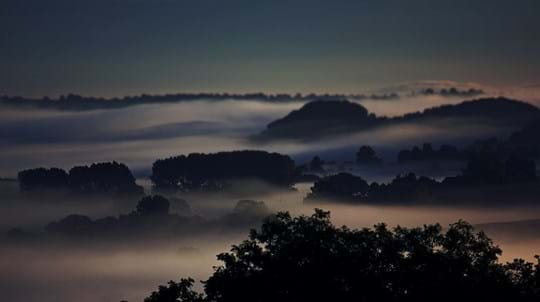
Trees woods and wildlife
Trees are one of the best natural climate change solutions. Find out how they lock up carbon and how many the UK needs to reach carbon net zero by 2050.
Pollen is a powder of tiny grains which contain some of the DNA of the parent plant.
Though some plants can live a long time, they don’t live forever. Once a plant is mature, it needs to reproduce using its reproductive organs - flowers - for the life cycle to continue. It's important for plants to produce diverse offspring with potential to adapt to the unknown challenges of the future. A plant can achieve this by combining its own genetic material with that of another individual of its species, which involves swapping pollen.
The flower produces pollen and receives pollen from other plants too. It contains an ovary where seeds can develop after fertilisation by pollen from another plant.
Because plants are rooted to the spot, they rely on wind or insects to carry pollen from one plant to another. Plants which use wind to transport their pollen, like hazel and oak trees, produce inconspicuous flowers.
Those that depend on insects to transport their pollen, like wild cherry and bramble, have tactics to entice them in. Scented flowers full of a sweet, sugary liquid called nectar is a reward for insects landing on the flower to pick up the pollen. Large, bright petals act like billboards advertising 'nectar available here!' and are a convenient landing pad too.
After pollination, the ovary develops into a fruit - the seed-containing structure of flowering plants. Most plants produce lots of seeds to improve the chances that some will find a niche. Some have strategies to increase those chances even further, like exploding fruits or fruits shaped to catch the wind.
Many work in partnership with animals too. Sweet fleshy fruits like blackberries have evolved to tempt birds and mammals to eat the seeds within and spread them further afield. Other seeds are sticky or have tiny hooks so they get caught on fur and feathers for transport. They might even attach to your socks!
Eventually, even the longest-lived plant will die. This is the end of the life cycle for that individual, but the legacy of death is life.
The woody skeletons of dead trees stand like ghosts in the landscape. But for years after their own life has ended, they are home to an abundance of other living organisms, from woodpeckers to rare beetles. Even the hollow stems of dead plants can give insects a cosy shelter for winter or a safe place to lay their eggs.
If the plant had successfully set seed, its genes will survive into the future as the cycle begins again. Organisms in the soil, like earthworms and fungi, feed on dead plant matter, helping to decompose the nutrients and carbon accumulated over the plant's life. This makes them available for future generations of plants and creatures further up the food chain, like the birds that will eat the earthworms.
Some of the carbon from the plant’s dead body may be locked away into the soil long-term. This leaves the precious legacy of a reduction of carbon dioxide in the atmosphere.
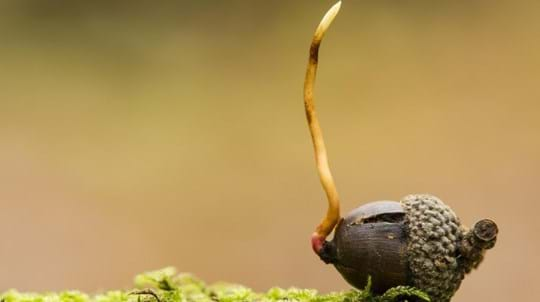
Blog
Rachel Hoskins • 24 Jun 2019
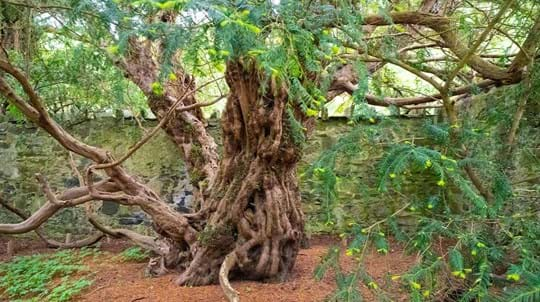
Blog
Charlie Mellor • 29 Jan 2024
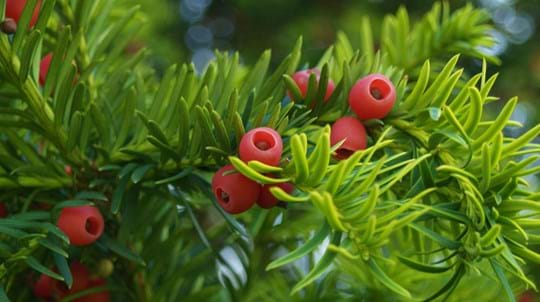
Blog
Charlotte Varela • 30 Sep 2023
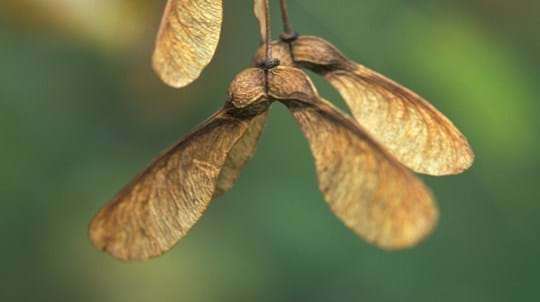
Blog
Charlie Mellor • 29 Aug 2019